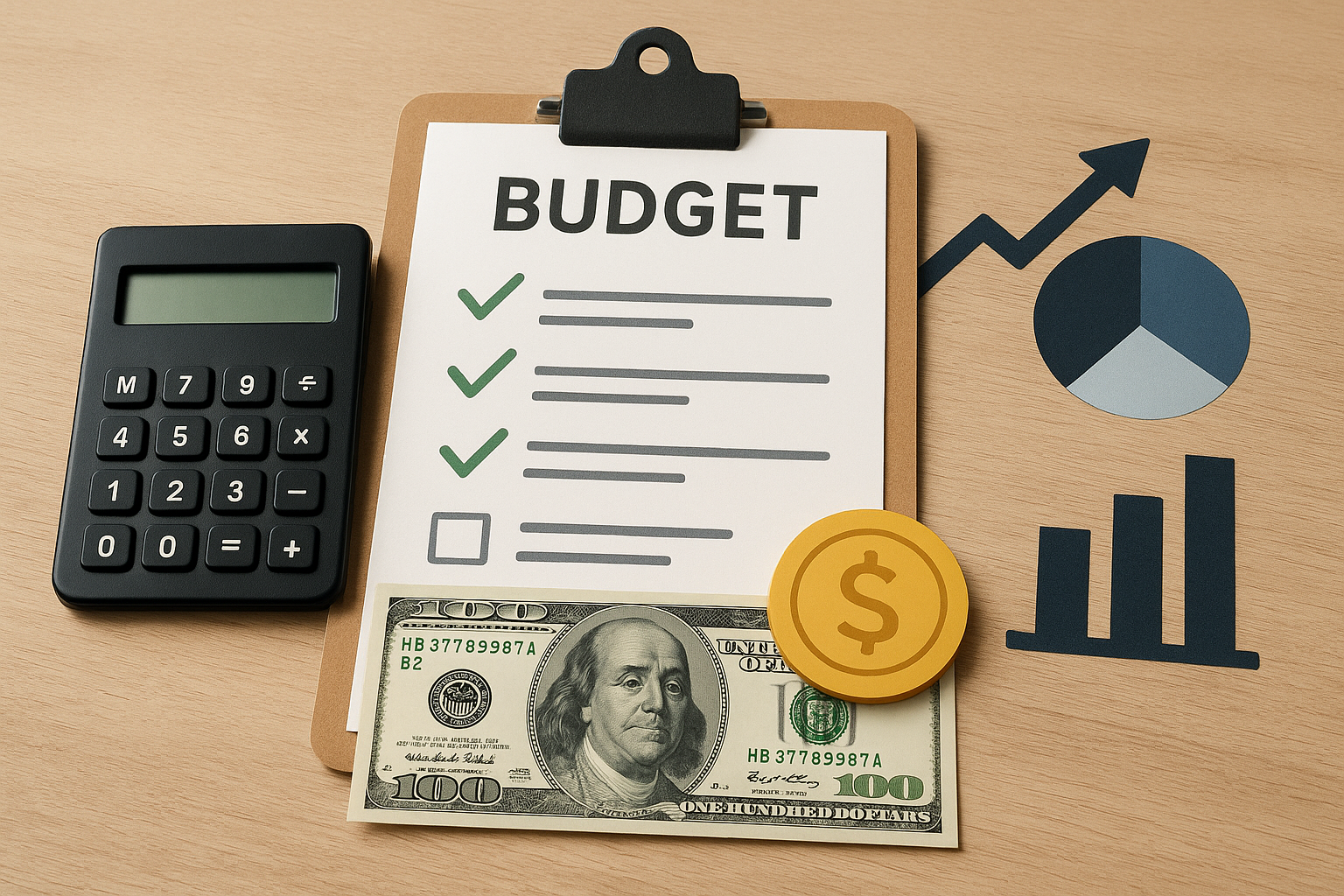Effective Debt Management
Ever feel like your finances are a tangled mess, leaving you stressed and unsure of your next move? You’re not alone! Many people grapple with the challenges of Debt Management and building credit, but here’s the exciting news: you have the power to transform your financial reality. This comprehensive guide is your roadmap to understanding, conquering, and ultimately thriving in the world of personal finance. We’re not just talking about quick fixes; we’re diving deep into strategies that will empower you to take control, make smart decisions, and build a financial future you’ve always dreamed of. Get ready to unlock your full financial potential, because mastering Debt Management is not just possible – ‘s within your reach!
Think of your financial journey as an incredible adventure. Just like any adventure, you need the right tools and a clear plan. Debt Management and building credit are two of the most powerful tools in your financial arsenal. They are interconnected, each influencing the other, and together, they form the bedrock of a strong financial foundation. Whether you’re just starting out, looking to improve your current situation, or aiming for financial mastery, the principles we’ll explore here are universal. We’ll break down complex concepts into simple, actionable steps, ensuring that you not only understand what to do but also how to do it with confidence and enthusiasm. Let’s embark on this journey to financial freedom, where every step you take in Debt Management brings you closer to your ultimate goals.
The Interplay of Debt Management and Credit Building
It’s impossible to talk about Debt Management without acknowledging their symbiotic relationship. Many people mistakenly view debt as inherently bad, but in reality, certain types of debt, when managed responsibly, can be a powerful tool for building a strong credit profile. Conversely, poor Debt Management can severely damage your credit, making it harder to achieve significant life goals like buying a home or securing a loan for a business. Understanding this delicate balance is the first step towards effective Debt Management.
Your credit score, a three-digit number, is a reflection of your creditworthiness. It tells lenders how reliably you’ve managed your financial obligations in the past. A high credit score opens doors to better interest rates on loans, lower insurance premiums, and even better rental opportunities. But how do you get a high score? It starts with responsible Debt Management. By consistently paying your bills on time and keeping your credit utilization low, you demonstrate financial discipline, which in turn boosts your credit score. This positive cycle is at the heart of successful Debt Management.
Why a Strong Credit Score Matters
A strong credit score is more than just a number; it’s a key to unlocking financial opportunities. Here’s why focusing on Debt Management is so vital:
• Access to Better Loan Terms: A higher credit score often translates to lower interest rates on mortgages, car loans, and personal loans, saving you thousands over the life of the loan. This is a direct benefit of effective Debt Management.
• Easier Approval for Credit Cards: With good credit, you’ll qualify for credit cards with better rewards programs, lower interest rates, and higher credit limits.
• Lower Insurance Premiums: In many states, insurance companies use credit scores to determine premiums for auto and home insurance.
• Rental Opportunities: Landlords often check credit scores as part of their tenant screening process. A good score can make it easier to secure the apartment or home you desire.
• Employment Opportunities: Some employers review credit reports (with your permission) as part of their hiring process, especially for positions involving financial responsibility.
• Peace of Mind: Knowing your finances are in order and your credit is strong provides a sense of security and reduces financial stress, a direct result of diligent Debt Management.
Strategies for Effective Debt Management
Now that we understand the importance of Debt Management, let’s dive into actionable strategies for tackling debt head-on. Remember, every journey begins with a single step, and with debt, that step is often the hardest. But with a clear plan and unwavering commitment, you can overcome any financial obstacle.
1. Understand Your Debt Landscape
The first step in Debt Management is to gain a complete picture of your current debt situation. List all your debts, including credit cards, student loans, car loans, and mortgages. For each debt, note down: Creditor, Outstanding Balance, Interest Rate, Minimum Payment, and Due Date. This detailed overview will help you prioritize and strategize your debt repayment plan, a critical part of effective Debt Management.
2. Create a Realistic Budget
A budget is your financial blueprint. It helps you understand where your money is coming from and where it’s going. By creating a realistic budget, you can identify areas where you can cut back on expenses and free up more money to put towards debt repayment. This is a fundamental step in Debt Management.
3. Choose a Debt Repayment Strategy
There are several popular strategies for accelerating debt repayment. Choose the one that best suits your personality and financial situation:
• Debt Snowball Method: Pay off your smallest debt first while making minimum payments on others. Once the smallest is paid, apply that payment to the next smallest. This creates psychological wins, keeping you motivated. A fantastic strategy for Debt Management for those who need a boost of confidence.
• Debt Avalanche Method: Prioritize paying off the debt with the highest interest rate first, while making minimum payments on others. This saves the most money on interest over time, making it a financially savvy approach to Debt Management.
4. Consider Debt Consolidation or Refinancing
If you have multiple high-interest debts, consolidating them into a single loan with a lower interest rate can simplify payments and potentially save money. Options include personal loans, balance transfer credit cards, or home equity loans. Be cautious and thoroughly research these options. Refinancing student loans or mortgages can also lead to lower interest rates and more manageable monthly payments, significantly aiding your efforts in Debt Management.
5. Negotiate with Creditors
Don’t be afraid to reach out to your creditors if you’re struggling. They may be willing to work with you by lowering your interest rate, waiving fees, or setting up a more manageable payment plan. Open communication is key when you’re serious about Debt Management.
6. Seek Professional Help
If your debt feels overwhelming, consider consulting a non-profit credit counseling agency. These agencies can help you create a Debt Management plan, negotiate with creditors, and provide valuable education. They can be a lifeline when you feel lost in the debt maze.
Strategies for Building and Improving Credit
Once you have a handle on Debt Management, the next exciting phase is actively building and improving your credit score. A strong credit score is your passport to a world of financial opportunities. Let’s explore how you can build and nurture this vital asset.
1. Pay Your Bills On Time, Every Time
This is the golden rule of credit building and the single most important factor in your credit score. Your payment history accounts for 35% of your FICO® Score [1]. Consistently making on-time payments on all your debts – credit cards, loans, utility bills, and even rent (if reported) – demonstrates reliability to lenders. Set up automatic payments or reminders to ensure you never miss a due date. This discipline is fundamental to effective Debt Management.
2. Keep Your Credit Utilization Low
Your credit utilization rate is the amount of credit you’re using compared to your total available credit. For example, if you have a credit card with a $1,000 limit and a $300 balance, your utilization rate is 30%. Experts recommend keeping this rate below 30%, but ideally, aim for even lower, around 10% or less, for an excellent score. A low utilization rate signals that you’re not overly reliant on credit, which is a positive indicator for Debt Management.
3. Don’t Close Old Credit Accounts
The length of your credit history also plays a role in your credit score. Older accounts with a good payment history demonstrate a long track record of responsible credit use. Closing old accounts, especially those with no balance, can shorten your average credit age and reduce your total available credit, thereby increasing your utilization rate. Keep those old accounts open and active, even if you only use them occasionally, as part of your strategy for Debt Management.
4. Diversify Your Credit Mix
Lenders like to see that you can responsibly manage different types of credit. A healthy credit mix might include a credit card, an installment loan (like a car loan or student loan), and eventually a mortgage. While it’s not advisable to take on unnecessary debt just to diversify, gradually adding different types of credit as needed can positively impact your score. This shows your versatility in Debt Management.
5. Become an Authorized User
If you’re new to credit or have a limited history, becoming an authorized user on someone else’s credit card (e.g., a parent or trusted friend with excellent credit) can help. Their positive payment history will appear on your credit report, giving you a boost. However, ensure the primary cardholder is responsible, as their mistakes could also affect your score. This can be a quick way to jumpstart your journey in Debt Management.
6. Consider a Secured Credit Card or Credit-Builder Loan
For those with no credit history or poor credit, a secured credit card or a credit-builder loan can be excellent tools. A secured credit card requires a cash deposit, which typically becomes your credit limit. A credit-builder loan works in reverse: you make payments into a savings account, and once the loan is paid off, you receive the funds. Both are designed to report your payment activity to credit bureaus, helping you establish a positive payment history and improve your ability to Debt Management.
7. Monitor Your Credit Report Regularly
Errors on your credit report can negatively impact your score. You are entitled to a free copy of your credit report from each of the three major credit bureaus (Experian, Equifax, and TransUnion) once every 12 months. Review them carefully for any inaccuracies and dispute them immediately. Regular monitoring is a proactive step in Debt Management and protecting your financial identity.
Advanced Strategies for Financial Mastery

Once you’ve mastered the basics of Debt Management, you’re ready to elevate your financial game. These advanced strategies will help you optimize your financial health and accelerate your journey to true financial freedom.
Optimize Your Debt Portfolio
Beyond simple repayment, consider optimizing your entire debt portfolio. This might involve strategically paying down certain debts faster, or even leveraging low-interest debt to invest in assets that generate higher returns. For example, if you have a low-interest mortgage, you might prioritize investing in a diversified portfolio that historically offers higher returns than your mortgage interest rate. This sophisticated approach to Debt Management requires a deeper understanding of risk and return.
Maximize Credit Card Rewards
With excellent credit, you can qualify for premium credit cards that offer lucrative rewards, such as cashback, travel points, or sign-up bonuses. By strategically using these cards for your everyday spending and paying off the balance in full each month, you can effectively get paid to spend. This is a fantastic perk of successful Debt Management.
Leverage Credit for Investments
While generally not recommended for beginners, advanced investors might use lines of credit or margin loans to finance investments. This strategy, known as leverage, can amplify returns but also significantly increases risk. It requires a deep understanding of market dynamics and a high tolerance for risk. This is an example of how strong Debt Management can open doors to more complex financial strategies.
Continuous Financial Education
The financial landscape is constantly evolving. To maintain your edge and continue making informed decisions, commit to continuous financial education. Read books, follow reputable financial news sources, attend webinars, and consult with financial advisors. The more you learn, the better equipped you’ll be to adapt to changes and seize new opportunities in Debt Management.
Your Path to Financial Empowerment
Congratulations! You’ve just taken a monumental step towards financial empowerment by understanding the critical principles of Debt Management. This isn’t just about numbers on a spreadsheet; it’s about gaining the freedom to live the life you desire, free from financial worry, and with the confidence to pursue your biggest dreams. Remember, this journey is a marathon, not a sprint. There will be challenges, but with the strategies outlined in this guide – from understanding your debt and choosing a repayment method to meticulously building your credit score – you are well-equipped to overcome them.
Embrace the process, celebrate your small victories, and stay consistent. Your commitment to Debt Management will pay dividends for years to come, opening doors to opportunities you might not have imagined. So, go forth with confidence, apply these powerful principles, and watch as your financial future transforms into a masterpiece of your own making. The power is yours – go out there and make it happen!
Read More:
The Ultimate Guide to Personal Budgeting and Financial Planning



